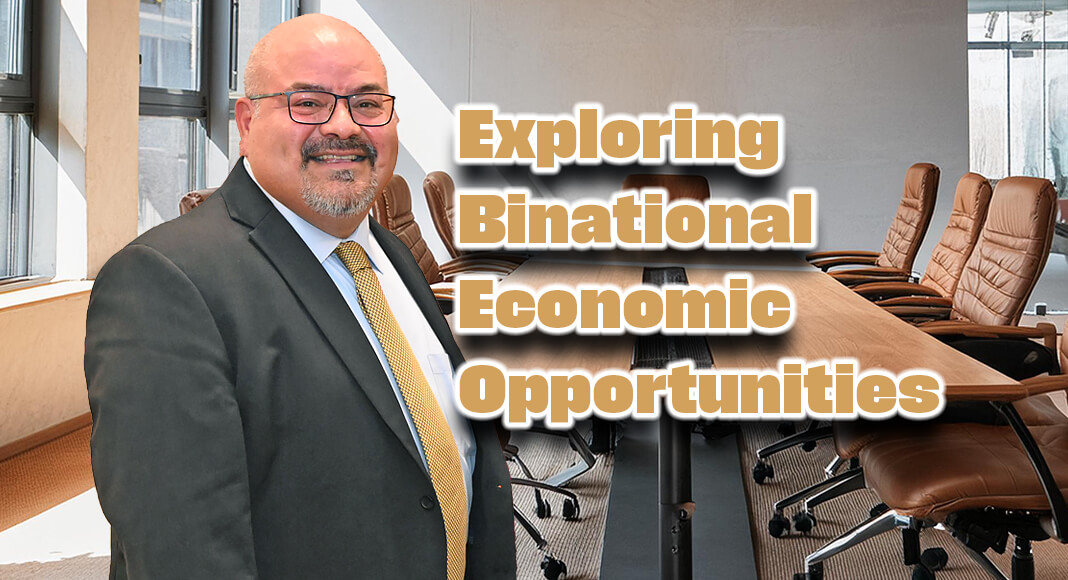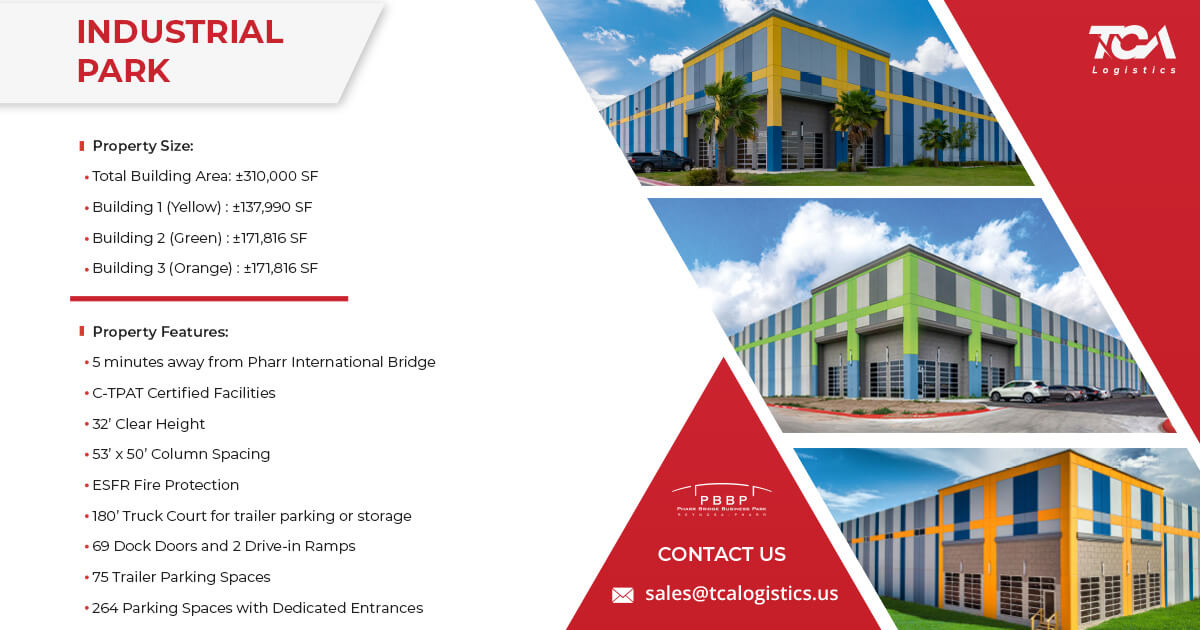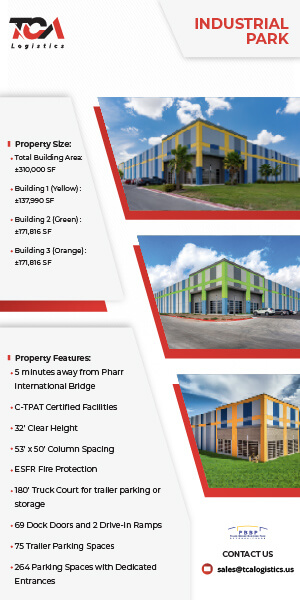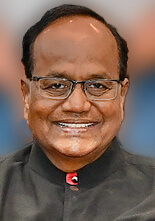
Texas Border Business
By Roberto Hugo González
Regional collaboration is essential for unlocking prosperity in economic development. COSTEP, Council for South Texas Economic Progress, and the Harlingen Economic Development Corporation (EDC), led by Adam Gonzalez and Orlando Campos, respectively, are central to fostering such collaboration. Recently, COSTEP entertained a delegation from India, highlighting the potential of binational synergy in attracting new industries to the Rio South Texas region.
Adam Gonzalez, CEO of COSTEP, emphasized the organization’s primary objective of attracting new industries to the region. COSTEP’s jurisdiction spans seven U.S. counties and ten municipios in Mexico, fostering a binational approach to economic growth. Gonzalez highlighted the importance of collaboration, stating, “COSTEP cannot do it alone. We need economic development corporations (EDCs), cities, higher education institutions, and workforce boards working together to attract new industries to the region.”
Harlingen’s Strategic Position and Economic Advantages
Orlando Campos, CEO of Harlingen EDC, introduced Harlingen’s economic strengths to the Indian delegation. As the second-largest community in Cameron County, strategically positioned between Brownsville and McAllen, Harlingen boasts a population of approximately 73,000 with a median age of 33. Campos highlighted Harlingen’s business-friendly environment, which is conducive to large industrial clients and startups.
| Key Economic Indicators |
| Population: 73,000 |
| Median Age: 33 years |
| Households: 6,000 |
| Average Income: $66,000 |
| Commute Time: 19 minutes |
| Labor Force Access: Over 500,000 within a one-hour drive |
Campos said that Harlingen’s connectivity is a significant advantage. Located at the crossroads of Interstates 69 East and Two, it hosts the largest international airport in the region, Valley International Airport. The airport, served by major airlines and cargo operators, enhances passenger and cargo transport.
He also pointed out that Valley International Airport’s runway expansion will soon accommodate fully loaded cargo planes, boosting the region’s air cargo capabilities. Though limited in depth, Harlingen’s port offers an additional transport option via the intercoastal waterway system. While not as active as the Port of Brownsville, Harlingen’s port provides essential bulk and liquid cargo transport options by barge. The Los Indios Free Trade Bridge supports international trade, directly connecting to the Harlingen Industrial Park.
Campos also highlighted that educational and workforce development institutions are crucial to Harlingen’s economic growth. Texas State Technical College, with 20,000 students and 40 training programs, is vital for technical training and customized workforce development. The Harlingen Independent School District also contributes through its technical education programs and entrepreneurship academy.
During his presentation, Campos also said that Harlingen’s commitment to supporting startups is evident through various initiatives, including pitch competitions and partnerships with local institutions. A recent pitch competition sponsored by the Chamber of Commerce awarded significant monetary prizes to student-led startups, fostering an entrepreneurial spirit within the community. The University of Texas at Brownsville’s incubator and a newly announced pitch competition during Harlingen Mayor Norma Sepulveda’s address to the city with a $60,000 first prize illustrate Harlingen’s dedication to nurturing new businesses.
Presentation and Discussion with Dr. J. A. Chowdary
During Campos’ presentation, Dr. J. A. Chowdary, founder and chairman of the International Startup Foundation (ISF) in India, engaged actively with Campos. Dr. Chowdary’s inquiries focused on understanding the support structure for startups in Harlingen.
Dr. Chowdary asked, “When you organize this competition, do you provide the use cases for them to work on, or they’ll have their use cases?” Campos explained, “They’ll have their use cases.” He elaborated that the pitch competition would start with a seven-week accelerator program in partnership with the University of Texas RGV, culminating in the pitch competition. Harlingen EDC is also collaborating with the university to establish a physical hub for business startups, with interim support from UTRGV’s entrepreneurial program counselors.
Dr. Chowdary further inquired about startup networking opportunities, to which Campos responded that the partnership with UTRGV had launched Startup Rio Grande Valley, modeled after Startup DFW. Initially held in Brownsville, this one-week intensive program aims to expand to other parts of the Rio Grande Valley, providing startups with extensive programming and networking opportunities.
Industrial Parks and Infrastructure
Campos detailed Harlingen’s industrial parks and infrastructure, which are crucial for attracting new industries.
| Key Industrial Areas: |
| Harlingen Industrial Park: A significant area with extensive developable land. |
| Port of Harlingen: Primarily handles bulk and liquid cargo, with 90% of its cargo destined for Mexico. |
| Aerotropolis: An industrial park attached to Valley International Airport, facilitating air cargo growth. |
| New Industrial Park on the West Side: Located along Interstate 69 East and near Interstate Two, this park recently received a $1.6 million grant from the Economic Development Administration for infrastructure development. |
Dr. Chowdary also requested information on operational costs for international startups, including manpower, housing, and office space. Campos highlighted that Harlingen boasts the third lowest cost of living nationally, making it an attractive business location. This low cost of living, coupled with proximity to Brownsville, extends throughout the region.
Discussing workforce mobility between Harlingen and Mexican towns, Campos emphasized the seamless movement of employees for companies operating on both sides of the border. He also outlined various incentives for new businesses designed to minimize risks and encourage establishment in Harlingen.
The Indian delegation’s visit, facilitated by COSTEP, accentuated the potential for binational collaboration in driving economic growth. Harlingen is well-equipped to attract new industries and foster regional prosperity through strategic positioning, robust infrastructure, and dedicated support for entrepreneurs.
Orlando Campos concluded, “Our doors are open to any new company interested in the community. Thank you. Thank you so much.”
Roberto Hugo González is the 2009 SBA Journalist of the Year Award Winner and The 2009 and 2012 Paul Harris Award recipient.
















